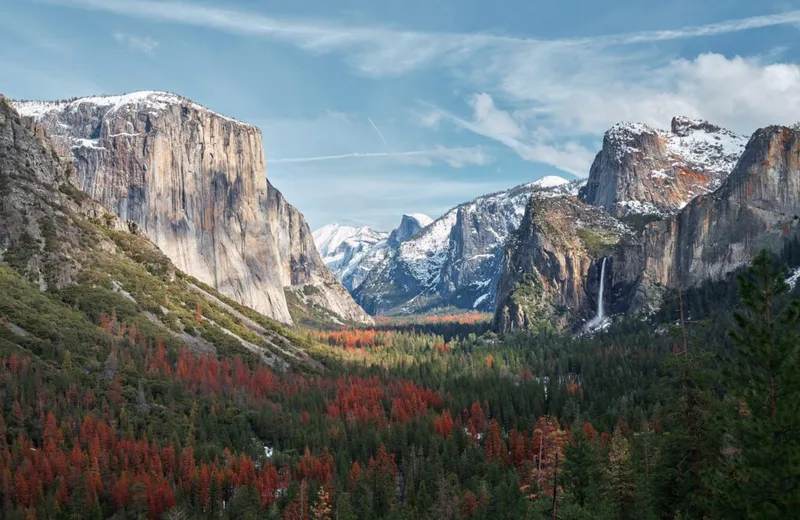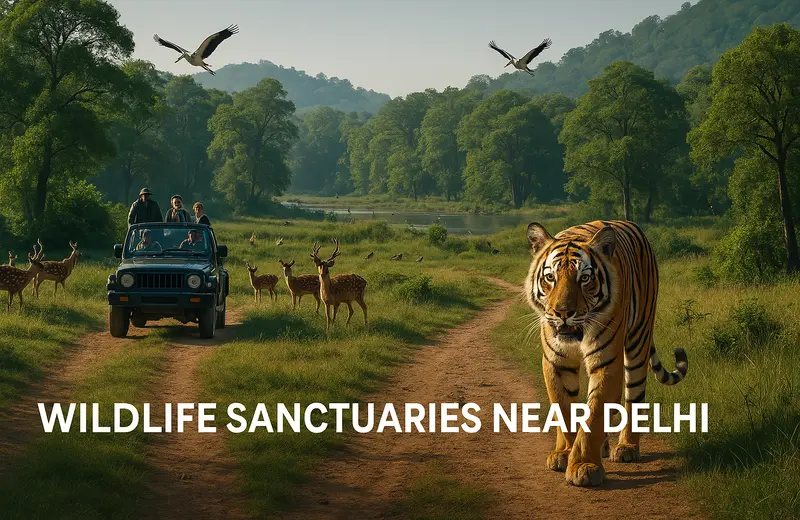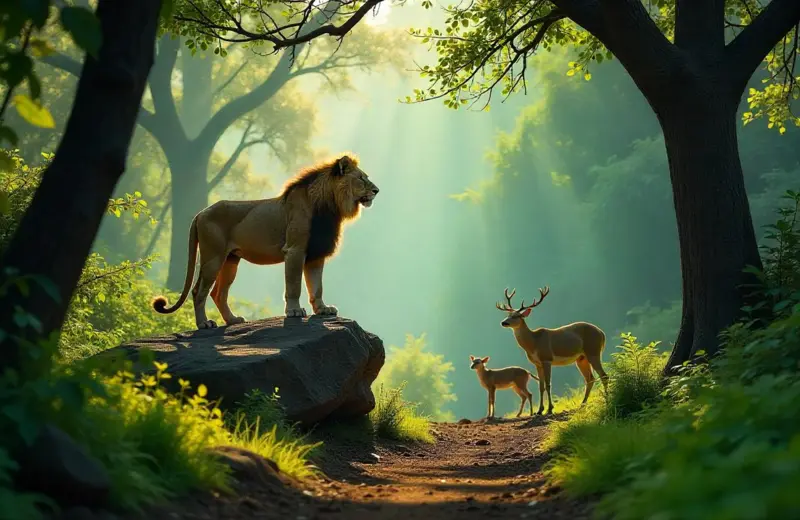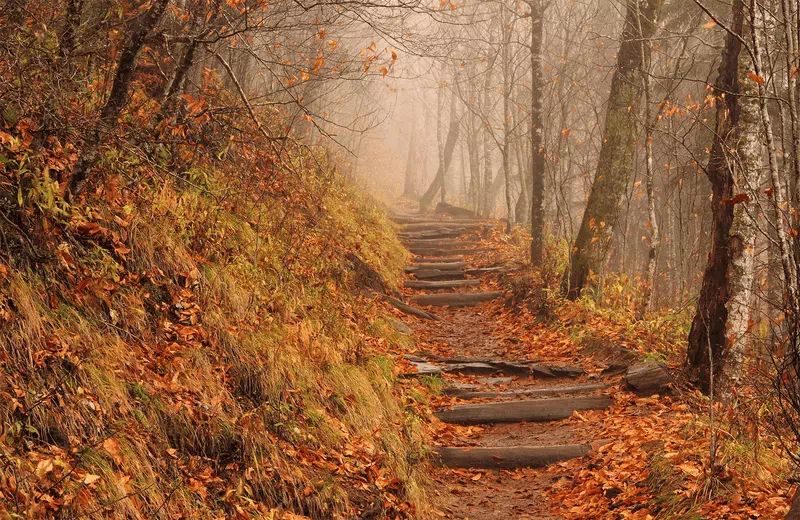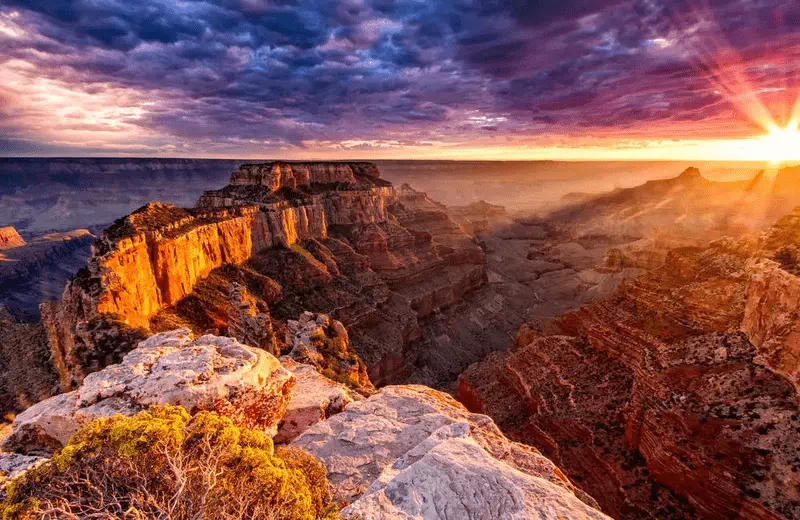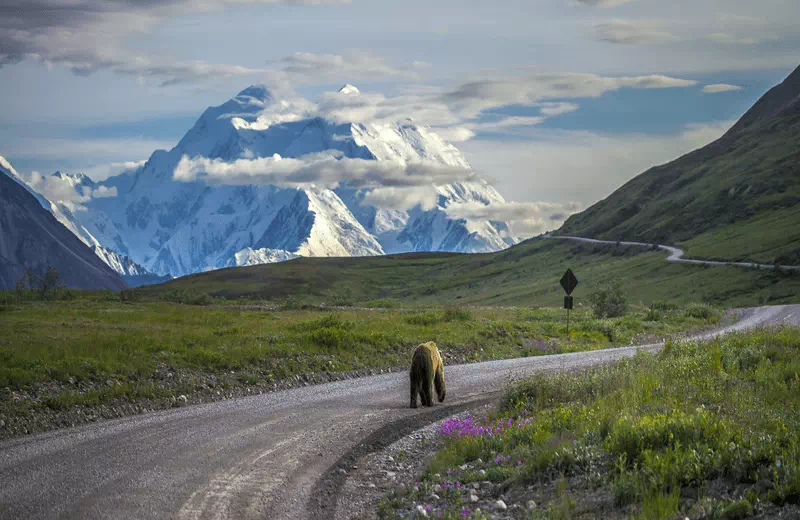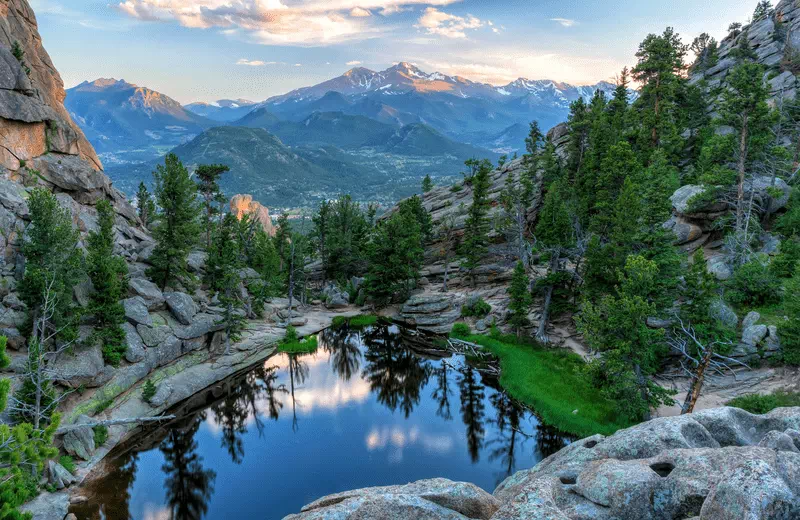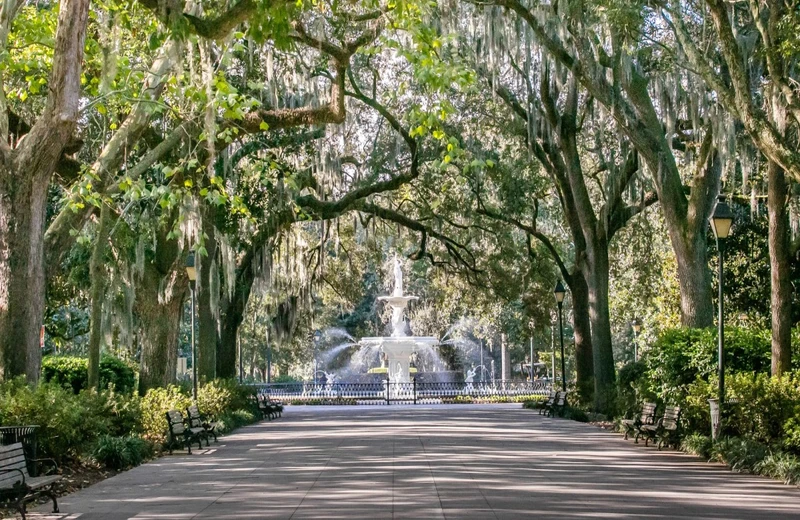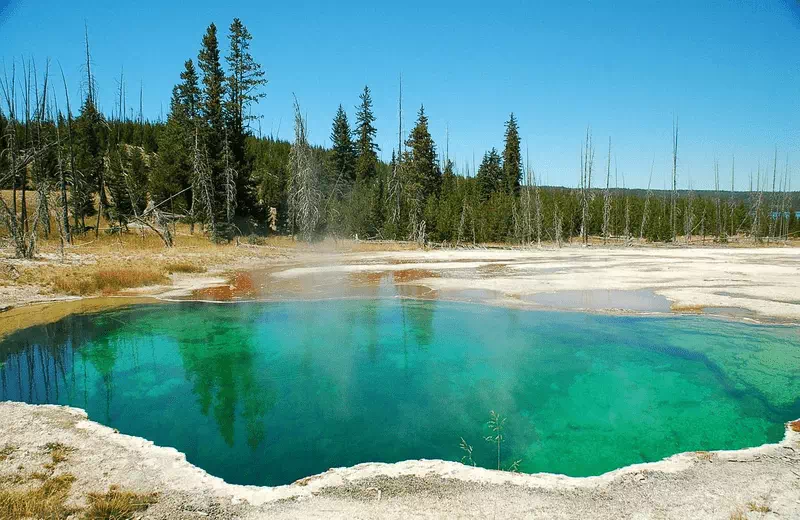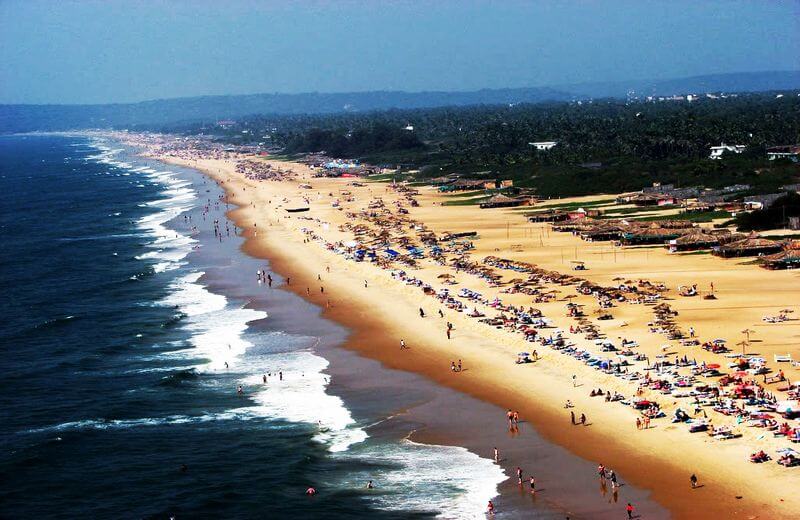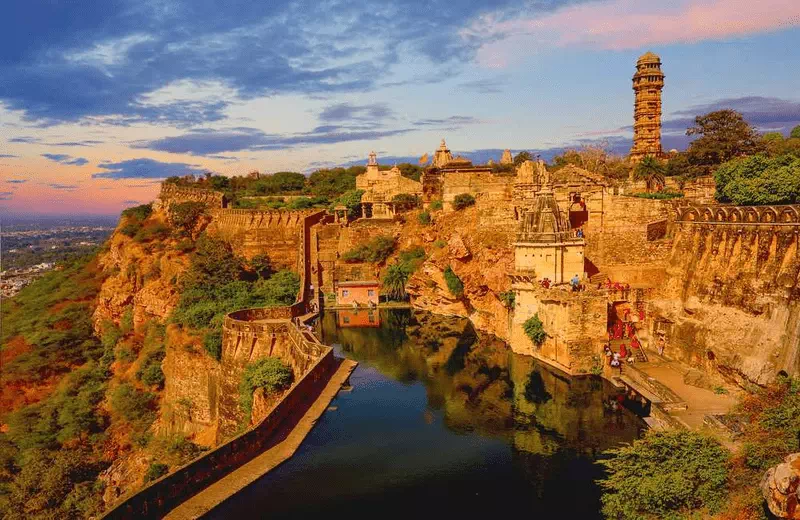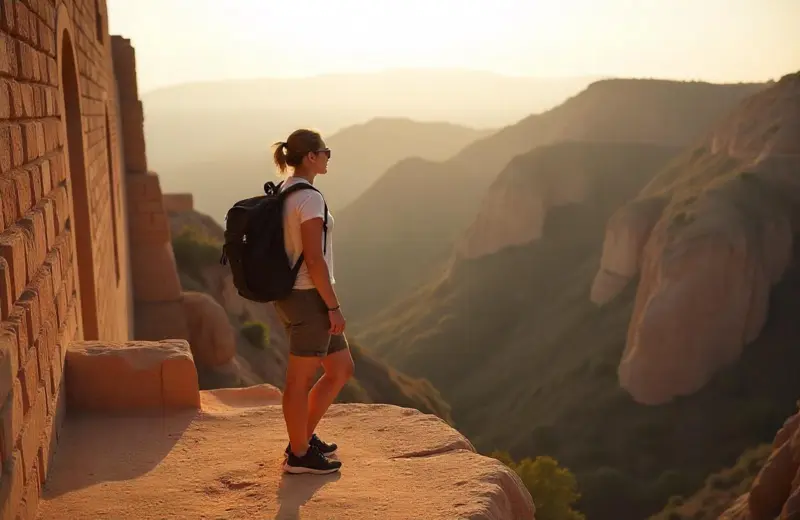What To See And Do At Hawaii Volcanoes National Park
Hawaii Volcanoes National Park is located on the island of Hawaii (the Big Island). On August 1, 1916, Hawaii National Park was founded, which was later divided into this park and Haleakal National Park. The active volcanoes Klauea and Mauna Loa lie at its heart.
The Crater Rim Drive takes you through steam vents and the Jaggar Museum, which has volcanology displays and a perspective of Halema'uma'u Crater. The entrance to the Thurston Lava Tube (Nhuku) is marked by thick ferns. The Chain of Craters Road winds through lava. The park is crisscrossed by trails.
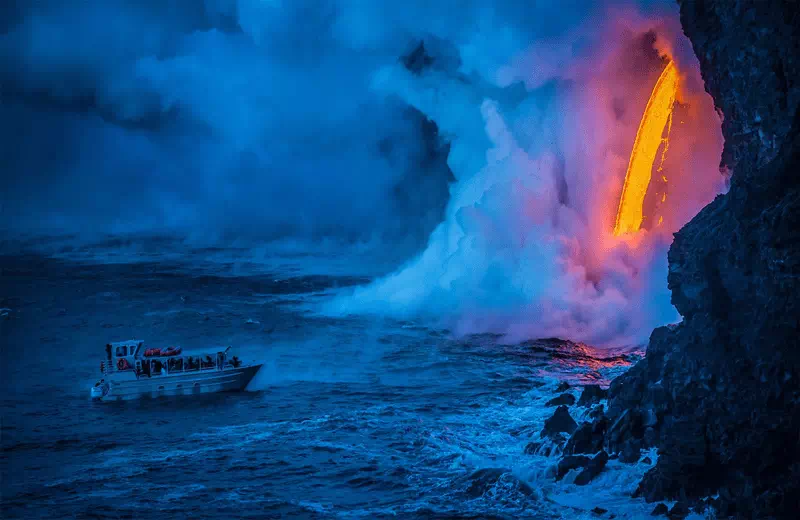
Hawaii Volcanoes National Park covers 335,259 acres, or around 523 square miles, from the top of Maunaloa to the sea (by comparison, the island of Oahu is 597 square miles).
Discover 150 miles of hiking trails through volcanic craters, scalded deserts, and rainforests, as well as a visitor center, petroglyphs, and two active volcanoes: Maunaloa, which erupted last in 1984, and Kilauea, which erupted last in 2018. (1983-2018).
Mauna Loa, located in the island's south-central region, is the world's largest volcano. Its mass rises roughly 3 miles (5 kilometers) above the ocean floor, then another 2.6 miles (4.2 kilometers) to an elevation of 13,677 feet (4,169 metres) above sea level. Half of the island is taken up by the shield volcano Mauna Loa, which has erupted numerous times since its first well-recorded eruption in 1843.
Other highlights of the national park include the Ka‘u Desert, a region of unusual lava formations in Kilauea's rain shadow; the Mauna Loa Trail, which winds its way from Kilauea to the volcano's peak; a tree fern forest, a dense tropical area watered by nearly 100 inches (2,500 mm) of rainfall annually; and the museum at the park headquarters.
If you just have a few hours to spend in the park, take Crater Rim Drive to explore the summit of Klauea volcano. This picturesque route follows the peak caldera via desert and rich tropical rain forest.
The path then spans the caldera floor, leading to numerous magnificent viewpoints. There are a handful of short hiking trails along the road that will give you a better look at the unusual terrain.
Volcanoes aren't the only thing that makes a trip to this park exciting. Animals such as the nene geese and predatory caterpillars live in the area.
In addition to hiking, biking, taking a leisurely drive, and camping, those who visit the lava flows can do these activities as well.
Is it worthwhile to visit Hawaii Volcanoes National Park?
This is still a fantastic park to visit even while there isn't a volcanic explosion going on. Even without an active lava flow, it is still worthwhile to visit Hawai'i Volcanoes National Park if you are traveling to Hawaii.
Why is Hawaii Volcanoes National Park famous?
Two volcanoes, including Kilauea, one of the planet's most active volcanoes, may be found in the park, which is 45 miles southwest of Hilo. It is a sacred location in Hawaii and one of the most well-liked tourist attractions due to the opportunity to observe the fundamental process of creation and destruction.
How much time do you need to spend in the volcano national park?
We recommend that you spend at least one day at the park. That is sufficient time to see the highlights.
What kinds of animals can be found in Hawaii Volcanoes National Park?
Native Hawaiian animals include a variety of unique birds, carnivorous caterpillars, the largest dragonfly in the United States, crickets that prefer new lava flows, endangered sea turtles, and just one native terrestrial mammal - a bat.
Best Time to Visit Hawaii Volcanoes National Park
When much of the United States is cold, November through March is the perfect time to visit Hawai'i Volcanoes National Park for a warm, tropical retreat. Hawai'i Volcanoes is relatively warm all year due to its proximity to the equator.
How To Reach Hawaii Volcanoes National Park
The island of Hawai'i is home to the Hawai'i Volcanoes National Park. From Kailua-Kona, go 95 miles southeast on Highway 11 (2 to 2.5 hours), or 125 miles via Highways 19 and 11 through Waimea and Hilo (2.5 to 3 hours). 90 miles southeast on Highway 200 from Waikoloa (2 hour drive).
Top Places to Visit Around Hawaii Volcanoes National Park
- Kilauea Iki Trail
- Kilauea
- Nahuku - Thurston Lava Tube
- Holei Sea Arch
- Kalapana
- Sulphur Banks
- Kipuka Puaulu (Bird Park) Trail
- Pu'u Loa Petroglyphs
- Mauna Loa Scenic Drive
- Halemaumau Trail





